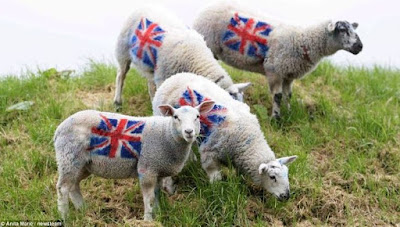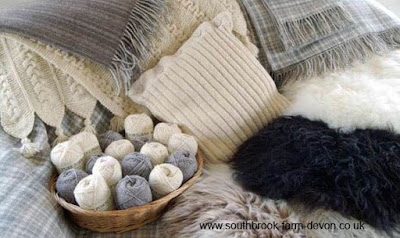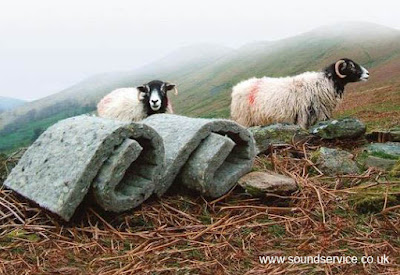The main way wool is taken from the sheep is by shearing. The process doesn't usually hurt the sheep but requires a lot of skill and physical strength on behalf of the shearer, so the sheep is shorn efficiently without causing cuts or injury.
Sheep need to be clipped annually to protect the health of the animal. Clipping or shearing is sometimes compared to getting a haircut, but with a big hulking wriggling sheep, so I think that is where the similarities end.
Wool isn't just used for carpets and rugs. It's an interesting fact that 80% of the world's wool use goes into the manufacture of garments, such as jumpers, hats and coats, leaving 20% being used for some surprising uses as wool is an extremely versatile fibre.
What are the benefits of using wool?
People have been utilising wool for thousands of years for decorative and functional purposes. The unique selling point of wool is it is durable, flexible and water resistant. Wool also comes in varying grades of fibre from extremely soft fibres which are suitable to use against the skin to more coarse fibres which are more suited to tasks such as stuffing and insulating. As there are many different ways of using wool, it ensures that very little is wasted.
What's next for wool?
At this years Ecobuild exhibition and conference event for the sustainable construction and energy market, Thermafleece will be exhibiting their brand of natural wool based insulation product range, some of the benefits of this range is that it is odorless, soft and easy to handle. Thermafleece describe it as, 'think of wrapping your house in the warmest of duvets in the snowiest of weather'.
Working for domestic or commercial
clients throughout Cambridgeshire, Essex, Suffolk and Hertfordshire.
For more information on our services contact our friendly team on
01223 863632 or email us at info@artofclean.co.uk














